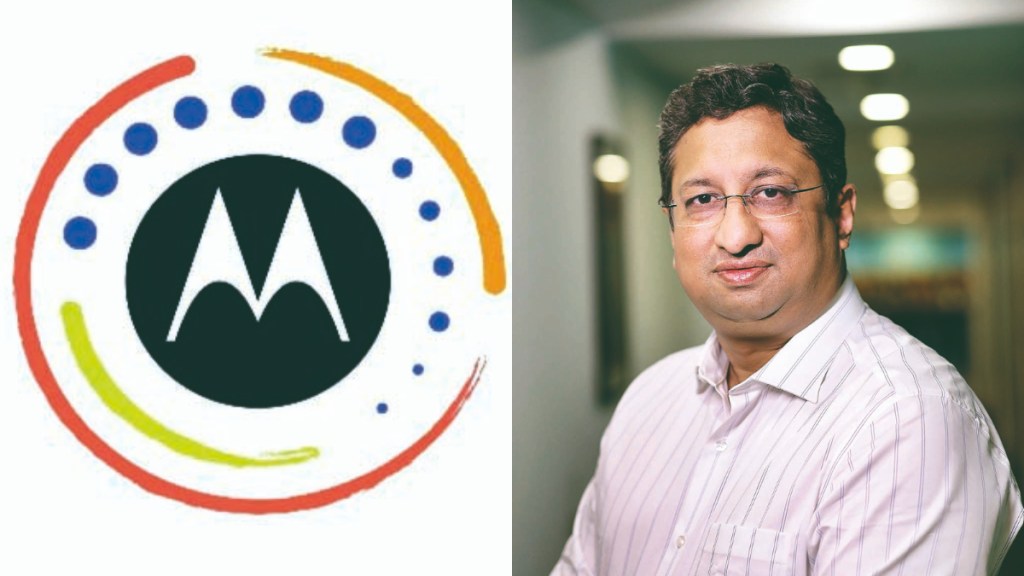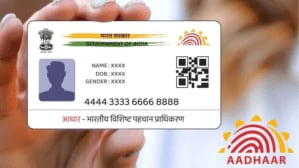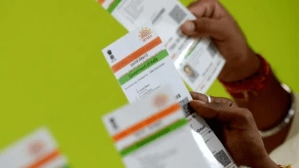With one language dying every two weeks and many more at risk, the world’s indigenous languages are under threat of disappearance. As per UNESCO Atlas of World’s Languages in Danger list, out of 2,464 endangered languages around the world, India tops the chart with 197 endangered languages, followed by the US (191) and Brazil (190). Although advances in modern technology are seen as contributing factors to language loss, technology has been embraced by many developers, philanthropists, and linguists to help preserve endangered languages.
Over the last two years, Motorola and Lenovo Foundation worked with indigenous communities to ensure the support of three such languages to its devices — Cherokee, Kaingang and Nheengatu. Now, the brand has added the first-ever Kuvi language writing system and keyboard, and a fully localised Kangri smartphone user interface to the devices. The new languages are available on the new moto e13; moving forward, every Motorola smartphone upgraded to Android 13 will have Kangri language and Kuvi keyboard support as well.
Talking about the initiative, Prashanth Mani, executive director, Motorola Mobility Asia Pacific, said, “With massive penetration of smartphone users in India, this integration of native languages in written form will make these languages seen, spoken, and heard, and contribute to preserving a wealth of culture and legacy.”
The recent explosion in technology, in smartphone and digitising systems, has many implications for heritage language maintenance and learning. Many indigenous communities have embraced technologies to revitalise their languages and the presence of these ‘small computers in our pockets’ have made it possible to acquire a system to save them.
Motorola and Lenovo Foundation worked closely with Kalinga Institute of Social Sciences (KISS) and received support from Kuvi speakers and language experts for this. It also worked with linguists, scholars, and experts from the Kangra, Hamirpur and Una districts of Himachal Pradesh, to deliver the fully localised Kangri Smartphone User Interface, in both AOSP content and Motorola Experience apps.
Hezekiel Dlamini, officer-in-charge, Unesco Delhi, said, “In line with our shared vision for digital inclusion of indigenous communities, Lenovo and Motorola, in collaboration with Unesco New Delhi Office, is in the planning phase to develop a toolkit sharing experience and technology in digitalising endangered indigenous languages.” Pratima Harite, head – CSR & Philanthropy, Lenovo Asia Pacific, said, “The digitalisation of endangered indigenous languages is a crucial aspect of Lenovo’s vision for Smarter Technology for All. Motorola also introduced a new logo dedicated to this initiative.”









